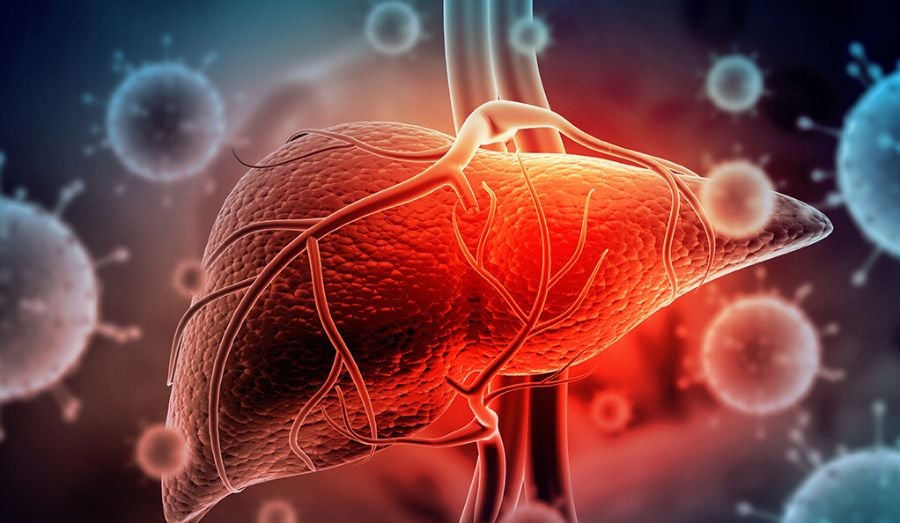
According to a recent review article, researcher from the Translational Genomics Research Institute (TGen), proposes that women after menopause are at higher possibility to develop nonalcoholic fatty liver disease (NAFLD). NAFLD is a chronic condition, which is caused due to excessive fat build-up in the liver that is not caused by alcohol.
Moreover, NAFLD is one the most common cause of liver damage that affects nearly 1 out of 4 people globally, which can further result into liver cirrhosis and death. NAFLD is common in people with obesity, high level of lipids in the blood, and type 2 diabetes.
Dr. Johanna DiStefano, a Professor and head of TGen's Diabetes and Fibrotic Disease Unit, and the study's senior author stated, “Even without taking into consideration the indirect costs of the disease, such as lost work-related productivity, it is clear that NAFLD places a substantial burden on the United States healthcare system”. He further stated, “It is likely that the loss of protection conferred by estrogens, combined with other factors, underlie the increased NAFLD risk in post-menopausal women”.
In addition, menopause mostly occurs after the age of 45, where a women have negligible chances or zero chances to give birth. During menopause, estrogen and progesterone are no longer produced in ovaries. The review suggests that women hit menopause, when they do not have menstruation for over a year. The review article also reported that risk of this chronic NAFLD is high among postmenopausal women in comparison to premenopausal women.
Aditionally the article suggested that NAFLD can further progress to more critical health condition called nonalcoholic steatohepatitis (NASH), which directs there is inflammation and liver cell damage, along with fat in the liver. The review also advises that women with normal-weight, lipid, insulin levels, and glucose level are at low risk for developing NAFLD.






